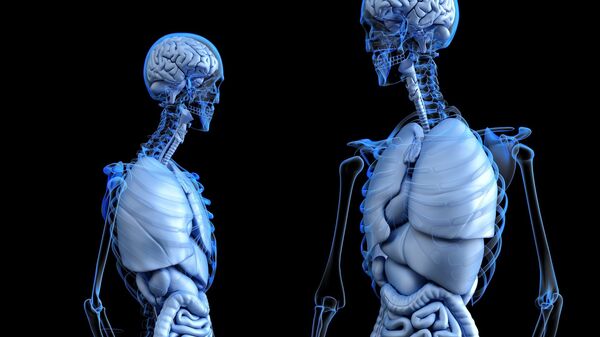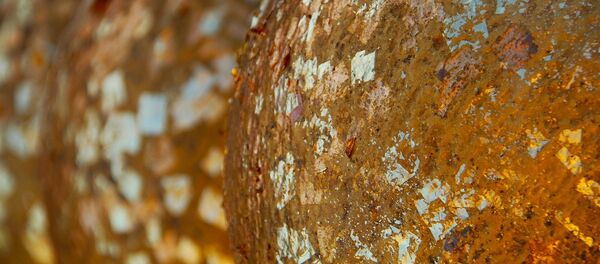The method employs a small device that sits on the surface of the skin of a living body, and delivers genes to skin cells beneath it via an intense electric field, turning them into different types of cells.
According to the researchers, the discovery offers the possibility of turning a patient's own tissue into an effective "bioreactor" capable of both producing cells for repairing nearby tissues, or for use at another site.
Topical tissue nano-transfection mediates non-viral stroma reprogramming and rescue. https://t.co/UDI6KjUb19 pic.twitter.com/59JnqCedBL
— Viral Research (@Sendai_Virus) August 9, 2017
The ability for scientists to reprogram cells into other cell types is not in itself novel. John Gurdon and Shinya Yamanaka secured a Nobel Prize in 2012 for their work in the field, and elsewhere researchers are employing the technique to Parkinson's disease sufferers.
In essence, scientists attempt to incorporate dead or dying cells into new genes, to create a new cell altogether.
In their research paper, the team describe how the technique allowed them to reprogram skin cells on the surface of mice and pigs. Wherever the device was placed, genes followed.
Test mice had had had their arteries cut, preventing blood flow through the limb. By placing the device on the mice, the field precipitated changes in their damaged cells' membranes, allowing genes to enter any cells below. As a result, skin cells were converted directly into vascular cells, which then extended deeper into their wounded limbs, creating an entirely new network of blood vessels.
Seven days after the test was complete, the team recorded new vessels. 14 days later, blood began to flow through the whole leg anew. The team also used the device to convert skin cells on mice into nerve cells, which were then injected into the brains of mice who had suffered a stroke, helping them to recover.
They believe that skin cells can be converted into elements of any organ with just one touch using the process, which takes less than a second to complete and is non-invasive, removing all risk of rejection.
Dr. Axel Behrens of the Francis Crick Institute in London has been working on a similar project for two years now.
He says he was inspired to pursue the project by a desire to devise a technique that utilized stem cell technology without surgery. His team team first began looking at diseases which can currently be cured externally, and the project developed from there.
He believes the major advantage of the technique is it allows more precise localization. In previous stem cell techniques it was hard to deliver the cells exactly where you want them.
Dr. Behrens is also quick to emphasize the project is at a "basic" — albeit "very successful" — stage.
"There are plans to test on humans in two years. We're at an early stage but it looks very promising. Because the technology requires electric current, there needs to be further development before it can be used on internal organs. Currently, it's safest to use on skin. It's promising, but it's always a major step to translate research done on mice to humans," Dr. Behrens told Sputnik.
As a result, he says it's vital to carefully determine what the side effects on human beings would be, and how the treatment would work safely. Nonetheless, Dr. Behrens believes it would be possible to deliver it at a very low cost, eventually.
"We would obviously like to optimize the technique and for it to be used more widely. At the moment, we have established a technique to be used for thrombosis, when blood flow is impaired. In theory, it could at present be used for many other diseases, in particular skin diseases, or certain forms of cancer," Dr. Behrens said.
The team hopes to develop the technique further in short order, and clinical trials on humans could begin as early as 2018.



